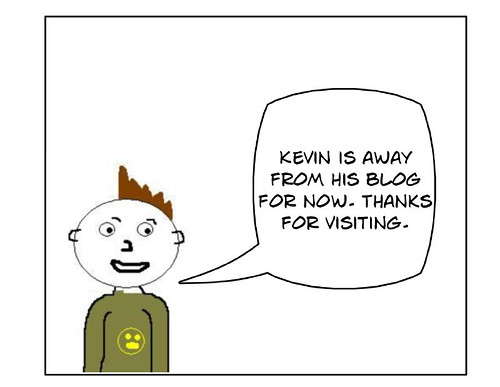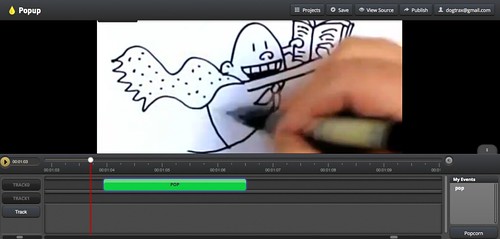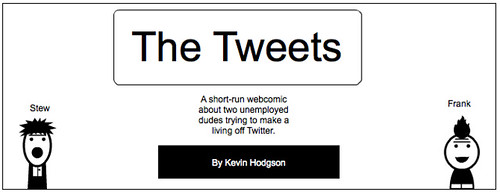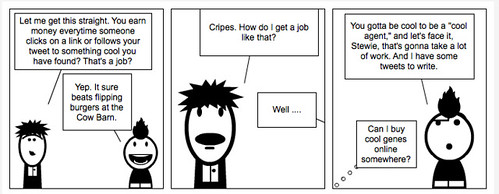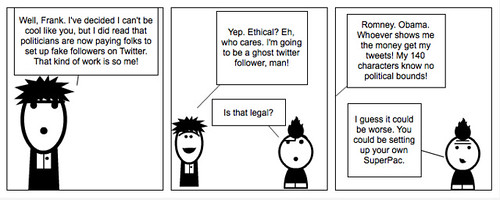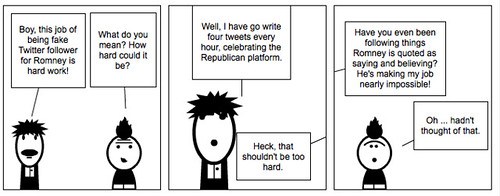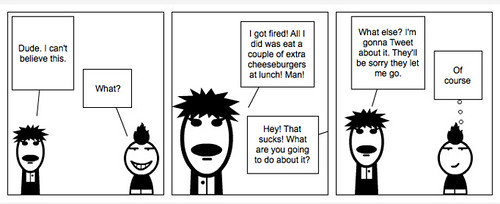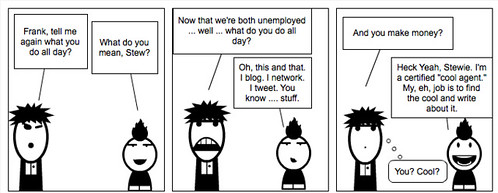(This is from an afternoon practice session. Thanks to
@massteacher for sharing)
Phew.
Last night, I joined eight other presenters in an format of presentation built off the model of TED talks. We were each given just seven minutes to make our presentation, and I had to go first. I actually didn’t mind because then, I could just kick back and enjoy the rest of the sharing of thoughtful folks. My presentation was about game design in the classroom as a way to spark inquiry and to shift the agency from the game companies to the young people themselves — by allowing kids to make games.
But as part of this month of the Connected Educator, I wanted to share out some of my distillation of ideas from the other presenters, too. I hope I do them justice. You should know that the presentations were videotaped (mine was done twice because the first time through, we had some technical difficulties) and will be available at the Massachusetts Teachers Association YouTube site at a later date. I will be sure to share that out later.
And now, some sharing of my reactions to presentations from:
Dan Callahan, K-5 instructional technology specialist in Burlington and chairman of the Board of Directors for the Edcamp Foundation, [@dancallahan] who talked about the EdCamp model (best title of presentation yet: Dan Callahan is Ruining Professional Development) which upends the ownership of PD from administrators to participants. I’ve watched EdCamp from the fringes but feel inspired by Dan’s work (as well as my own colleague, Gail, whose passion for EdCamp openness has me thinking). At EdCamp, the day begins with an open slate, and folks bring their expertise into the sessions. I like how Dan jokes that he is part of a “vast conspiracy” to kill off dull professional development.
Lily Huang, public education organizer with Jobs with Justice, spoke of needing to make more connections among labor groups, so that when one population, such as immigrant students targeted by government, is under fire, others can rise to the challenge. Lily noted that teacher union groups need to make themselves more visible as a way to encourage support of the profession, and as a way to protect our classrooms from politics.
Suzy Brooks, a third-grade teacher in Falmouth, tech enthusiast, MassCUE Pathfinder and Girl Scout [@simplysuzy], brought us into the workings of her classroom, encouraging us to encourage engagement with our students through inquiry projects that move beyond the tests and assessments. I loved the project where her students worked on a literacy project focused on encouraging new parents to read to their newborn babies, which culminated in a class trip to the maternity ward at the local hospital.
Diana Marcus, fifth-grade teacher, tech enthusiast and president of the Burlington Educators Association. [@pgroom209], discussed the power of collaboration among teachers, whether it is with a colleague down the hallway (she joked that she had skyped with another class …. just three doors away) or with another educator halfway around the world (in her case, she explored Voicethread with a teacher in England). I liked how Diana acknowledged some of the reasons why collaboration doesn’t always work, and then proceeded to turn those barriers and fears on their heads with suggestions.
Jason Pramas, artist, photojournalist, (non-union adjunct) communication professor and activist, took us on a visual tour of his hometown (@openmediaboston), Peabody, and asked us as teachers to make sure we not only teach local history, but also, that we give the broadest representation of history as possible. In other words, don’t just tell the story of the business community: tell the family histories of the people who have lived through the ups and downs of a community, and bring all perspectives into the story.
Mohamed Zefzaf, Middlesex Community College professor and ESL teacher, told a personal story of growing up in three cultures, and how coming to live in the United States in his early 20’s opened his eyes to possibilities, thanks to the strengths of our educational system. He noted how it took participation in classes here to realize the biases of his former cultures (Moroccan), and he encouraged us to validate the experiences of all of our students, where ever they come from.
Wick Sloane, Inside Higher Ed columnist and Bunker Hill Community College professor, handed out copies of The Bill of Rights and argued that we, teachers, must do more to connect our students with the tenets of the founding of our country, and teach our students how to write, persuade and influence policy makers around education. He suggested using Walt Whitman’s I Hear America Singing with students as a way to encourage reflection on values.
Chelsea Slater, student and vice president of the Vice President of the LGBT Student Union at Bunker Hill Community College, energized the crowd with a topic that she says we educators have to hear. Her message? Schools are failing their students by putting them into age-grouped classrooms (as opposed to learning-strategy classroom), by orientating curriculum around standardized testing, and by having a college educational system that is outside the financial grasp of most students. Chelsea’s presentation featured her own illustrations of her thinking, which reminded me a lot of Scott McCloud’s work. Her message might have been difficult (no one wants to be reminded that we are failing some of our students) but her participation was vital, I think. Her video presentation will be worth checking out later.
Peace (in the afterwards),
Kevin



